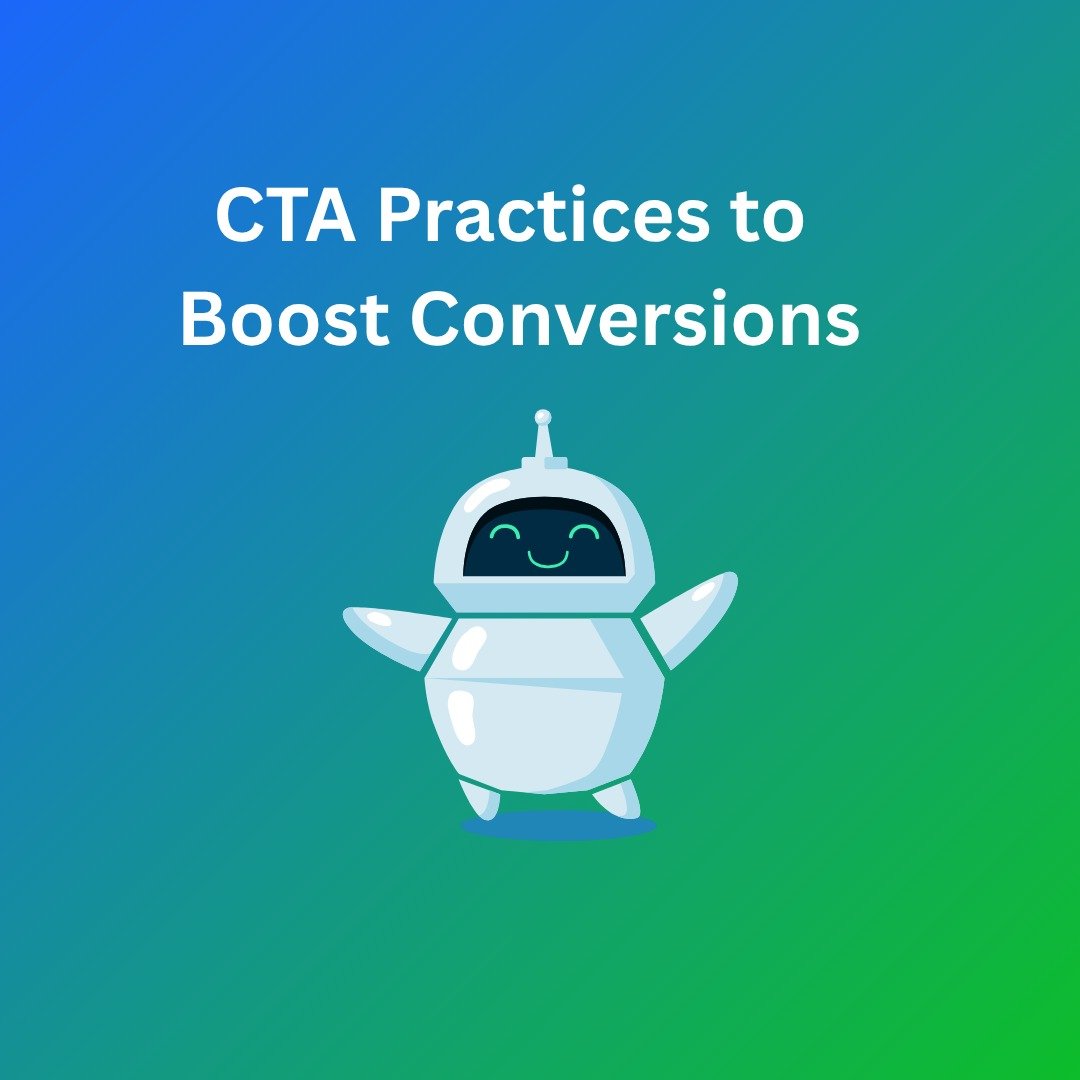CTA, or Call to Action, is the bridge between user engagement and business results. Whether your goal is to get visitors to sign up, purchase, subscribe, or download, the way you craft and place your CTAs can make a huge difference to your conversion rates. A well-designed Call To Action does not just invite action, it inspires confidence and encourages immediate response.
In this blog, we will explore seven game-changing Call To Action practices that can help you capture attention, reduce friction, and boost conversions in a consistent and measurable way.
1.Use Action Oriented Language
The language you use in a CTA determines how clear and persuasive it will be. Your CTA should tell users exactly what to do in simple, direct words. Avoid vague terms like Submit or Click Here. Instead, use strong, specific verbs that inspire users to move forward.
Examples:
Get My Free Guide instead of Download
Start My Free Trial instead of Sign Up
Claim Your Offer Now instead of Click Here
Action oriented CTAs remove uncertainty and make the next step very clear. This approach motivates users to act without hesitation.
2.Create a Sense of Urgency and Scarcity
When people feel that they might miss out on an opportunity, they act faster. Adding a sense of urgency or scarcity to your CTA is one of the most effective ways to increase click through rates and conversions.
Tactics to try:
Use time sensitive phrases such as Limited Time Offer, Ends Tonight or Only a Few Spots Left
Add real time countdown timers to highlight deadlines for offers
Show limited stock availability or exclusive bonuses to create scarcity
This method works because it taps into the psychological principle of fear of missing out. When users believe that the offer will not last long, they are more likely to take quick action.
3.Keep CTA Design Simple but Eye Catching
A powerful CTA does not have to be overly decorative, but it should stand out clearly on the page. The design should draw attention without creating distractions.
Design tips:
Use contrasting colors so that the CTA button stands out from the background
Choose clear and legible fonts with proper spacing
Make sure the button size is comfortable to tap on both desktop and mobile
Keep enough white space around the CTA so that it becomes the visual focus of the section
Simplicity often outperforms complicated designs. When users can see and understand the CTA at a glance, the likelihood of conversion increases.
4.Place CTA Strategically
Even the best designed CTA will not convert well if it is placed in the wrong location. Strategic placement ensures that users notice the CTA at the right time during their journey on the page.
Effective placements include:
Above the fold for immediate visibility as soon as the page loads
In the middle of the content where readers are already engaged
At the end of the content where users who have finished reading are more likely to take action
In pop ups or sticky banners that follow users without interrupting their browsing experience
Experimenting with different placements and analyzing the data will help you understand which positions bring the highest engagement and conversions.
5.Personalize Your CTA
Generic CTAs often feel robotic and impersonal. Personalization helps users feel valued and understood, which increases the chances of conversion. Even small changes in wording can make a big impact.
Examples of personalization:
Show Me My Results instead of See Results
Yes, I Want to Grow My Business instead of Learn More
Using dynamic text that includes the user’s name or location, for example Start Your Journey in Kochi Today
When users see a Call To Action that speaks directly to them, they are more likely to take the next step. Personalization builds trust and shows that your offer is relevant to their needs.
6.A B Test and Optimize Continuously
A CTA may look good at first, but the best performing CTAs are usually the result of testing and optimization. A/B testing allows you to compare different variations of your Call To Action and find out which one works best for your audience.
Elements to test:
Button color and size
The wording and tone such as Get Started versus Start Now
Placement on the page
Use of supporting icons or directional arrows
Small changes can create significant improvements in conversion rates. Testing should not be a one time activity. Make it a regular part of your strategy to ensure your CTAs keep improving over time.
7.Match Your CTA with User Intent
Not every visitor is ready to make a purchase or sign up on the first visit. A Call to Action that matches the user’s stage in the buying journey will feel more natural and less pushy.
Examples of aligning call-to-action messages with user intent.
Top of Funnel Awareness Stage: Download Free Guide or Learn More
Middle of Funnel Consideration Stage: Book a Free Demo or See Plans
Bottom of Funnel Decision Stage: Buy Now or Start My Subscription
When the Call To Action aligns with the visitor’s mindset, it reduces resistance and builds trust. This approach leads to higher quality leads and better conversion rates over time.
Final Thoughts
A Call To Action may seem like a small element on a page, but it has the power to drive your business goals forward. By using action oriented language, adding urgency, keeping the design clean, placing CTAs strategically, personalizing the message, testing continuously, and aligning with user intent, you can turn a simple button into a powerful conversion tool.


